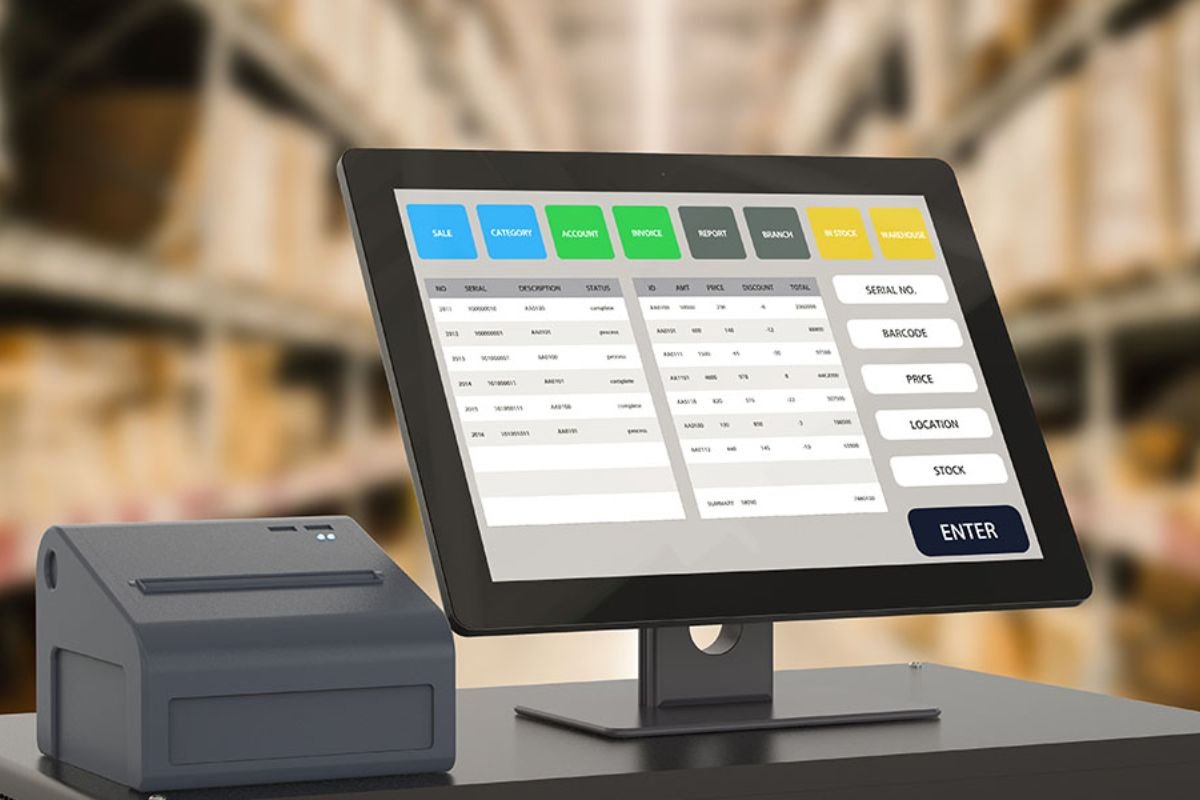The role of Human Resources (HR) in the business landscape has undergone a significant transformation over the years. From being a mere administrative function, it has evolved into a strategic partner that plays a critical role in shaping a company’s success. One of the pivotal elements driving this change is the adoption of HR software. This tool not only streamlines HR processes and automates routine tasks but also provides valuable insights that can be leveraged for strategic decision-making.
However, discerning when to implement or upgrade your HR software can be a formidable task. There are several signs that could suggest it’s time for a change, but they might not always be obvious. To help you navigate this complex decision-making process, we’ve outlined six key indicators that hint at the need for new HR software.
Indicator 1: Overwhelming Paperwork
A common challenge faced by rapidly growing companies is the surge in paperwork. As your business expands, so does the volume of documentation required for various HR processes. This can quickly become overwhelming and hamper productivity and efficiency.

HR software can revolutionize this aspect of your operations. By automating mundane tasks and streamlining processes, it dramatically reduces the paperwork involved. This saves time and resources, allowing your HR team to focus on strategic tasks that contribute to the company’s growth.
Moreover, using top 20+ free productivity apps can also help your team stay focused and organized, further enhancing overall productivity.
- Key Points
- Paperwork can overwhelm and reduce productivity.
- Automation streamlines processes and minimizes paperwork.
- HR software allows teams to focus on strategic tasks.
Indicator 2: Inefficient Onboarding Process
The onboarding process is a critical phase in an employee’s journey within a company. It sets the tone for their overall experience and can significantly impact their future performance and engagement levels. However, traditional, paperwork-intensive onboarding processes can leave a negative first impression.
By automating the onboarding process, HR software can drastically enhance a new hire’s experience. It schedules training sessions, provides necessary company information, and facilitates introductions to team members. This makes the process more efficient and helps new hires feel welcomed from the outset.
- Key Points
- Traditional onboarding can create a negative first impression.
- Automation improves the onboarding experience.
- HR software helps new hires feel welcome and engaged.
Indicator 3: Frequent Human Errors
Manual HR processes are often susceptible to human errors. These can range from minor oversights to severe mistakes leading to compliance risks and financial losses. Furthermore, such errors can tarnish an organization’s reputation and compromise employee trust.
An integrated HR software can help minimize these risks. It automates various tasks, ensures data accuracy, and maintains compliance with labor laws, providing timely alerts about potential issues. This helps reduce errors, enhances efficiency, and promotes transparency and accountability.

- Key Points
- Manual processes are prone to human errors.
- Errors can lead to compliance risks and financial losses.
- HR software ensures data accuracy and compliance.
Indicator 4: High Employee and HR Turnover Rate
A high turnover rate, both among employees and HR staff, often signifies underlying HR issues. These could stem from poor communication, lack of recognition, or limited growth opportunities. High attrition rates not only increase recruitment costs but also disrupt business continuity and negatively impact the company culture.
HR software can play a crucial role in addressing these issues. It improves communication by providing platforms for 360 feedback and recognition. It can also help identify career development opportunities and track performance, thus enhancing employee satisfaction and reducing turnover rates.
- Key Points
- High turnover indicates underlying HR issues.
- Attrition disrupts business and impacts culture.
- HR software improves communication and identifies growth opportunities.
Indicator 5: Manual Report Generation
Generating reports manually is a tedious and time-consuming task. It can slow down decision-making processes and hinder the company’s ability to make data-driven decisions.
Even with free HR software, report generation can be automated, saving valuable time and effort. It provides real-time data and offers insights into workforce trends, enabling leaders to make informed, strategic decisions. This not only boosts the company’s responsiveness but also enhances its competitive edge.
- Key Points
- Manual report generation slows decision-making.
- HR software automates reporting, saving time.
- Real-time data and insights enable strategic decisions.
Indicator 6: Complex Access to Information
Traditional data storage systems can complicate data retrieval. They also pose security risks, as sensitive information can be easily accessed or misplaced.

HR software addresses these concerns by centralizing data storage. This simplifies data access, enhances data security, and increases productivity. With easy access to accurate and up-to-date information, decision-making becomes quicker and more effective.
- Key Points
- Traditional systems complicate data retrieval and pose security risks.
- HR software centralizes and secures data.
- Easy access to information enables effective decision-making.
Conclusion:
Recognizing these six indicators can help businesses understand when it’s time to invest in new HR software. As technology continues to evolve at a rapid pace, staying updated with the latest advancements is crucial for HR to effectively manage and engage the workforce. Investing in the right HR software not only optimizes HR processes but also contributes significantly to the overall success of the organization. It enhances efficiency, improves the employee experience, and provides valuable insights, making it a worthwhile investment for any forward-thinking company.






